Tech Tips
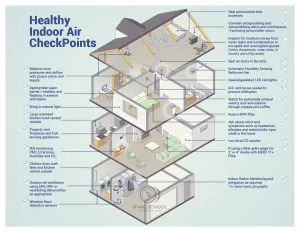
There is so much to consider on any sort of design project, and HVAC system design is no exception. Unfortunately, the priorities of engineers, builders, customers, and HVAC contractors don’t always align when it comes to designing and installing the “ideal” HVAC system. On the one hand, the customers may prioritize aesthetics; they don’t want […]
Read more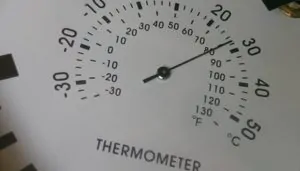
Before we convert temperature scales, let's take a step back and think about what temperature is in the first place. Temperature is proportional to the average kinetic energy of the random microscopic motions of the constituent microscopic particles, such as electrons, atoms, and molecules. Translation: Temperature is the average “movement energy” of the molecules in […]
Read more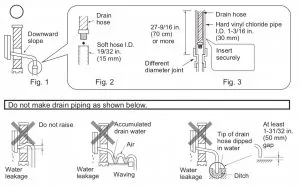
Most techs and installers know that drains need to be pitched. I use the rule of thumb that drain lines should generally be pitched 1/4″ per foot of horizontal run. One thing that can easily be forgotten is pitching wall penetrations when drilling. It's as simple as drilling with a slight upward angle if drilling […]
Read more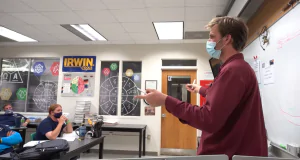
Training is important for businesses of all industries, but it’s especially vital to the success of your HVAC business. When new people join your team, you need to be able to teach them the basics of your team’s operations, such as how to report time and log their travel expenses. Then, they must get up […]
Read more
Take a look at the specs from this Copeland scroll compressor pulled from the Copeland Mobile App (which is an incredible app, by the way). These specs are for a single-phase compressor, so the amperages listed are based on an amperage reading from the wire connected to the common terminal. LRA is the locked rotor […]
Read more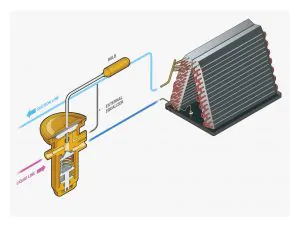
When mounting a TXV bulb or checking bulb placement, there are a few important considerations (listed in order of importance): Mount the bulb on the suction line. Flapping in the breeze is no good. Mount it TIGHTLY with a proper metallic strap (usually copper, brass, or stainless steel)—not with zip ties or tape. Position it on […]
Read more
As we often do in these tech tips, we will start with the common and more practical explanation of saturation and then move to the more technical and nerdy explanation later. When we say “at saturation” or “saturated” in the HVAC/R trade, we are generally referring to the refrigerant that is in the process of […]
Read more
How does a typical single phase motor know how fast to run? Typical induction motors are dependent of the electrical cycle rate of the entering power (measured in hertz) for their speed. Our power in the US makes one complete rotation from positive electrical peak to positive peak 60 times per second or 60hz (50hz […]
Read more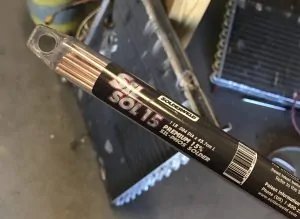
First, let's get something straight: BRAZING is when you use a filler rod that isn't the same material as the base metal but melts ABOVE 840°F. Soldering is the same but at temperatures BELOW 840°F. With HVAC rods melting at around 1200°F, it confuses me why we usually call it “silver solder” but also often call it […]
Read more





